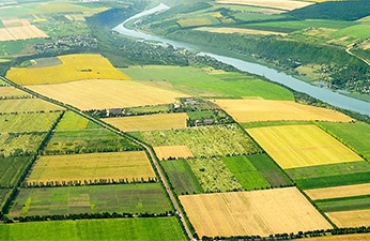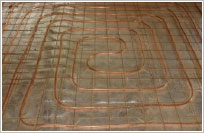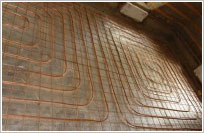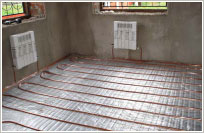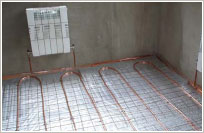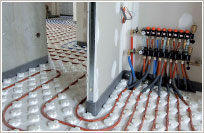Copper pipe for underfloor heatin
- NON-FERROUS METALS
- General information
- About us
- Rolled COPPER
- Rolled Copper
- Oxygen-Free copper
- Oxygen-free copper M0b
- Copper rod
- Copper rolled metal
- Copper seam roofing
- Copper metal roofing
- Copper shingles
- Copper roofing sheet
- KME copper roofing
- Copper roofing TECU
- Copper roofing M1f GOST 495
- Copper roll
- Roofing made of copper M1f GOST 1173
- Patinated copper TECU (oxidized copper)
- Other rolled cooper
- Copper wire
- Copper welding wire
- Tinned copper wire
- Wires copper winding
- Copper wire electrical
- Enameled copper wire (enameled wire)
- Copper square
- Copper profile
- Copper Angle
- Profiles of copper M1
- Profile Copper M2
- Copper rods
- Circle copper M1r
- Cooper circles M3
- Copper circles M2f
- Cooper rods M3R
- Copper circle M1f
- Rod copper M1
- Rod copper M2
- Copper hexagon
- Pipes made of copper
- Copper pipe GOST 21646
- Copper tube GOST 16774
- Copper pipe profile
- Copper pipe rectangula
- Copper-nickel pipes
- Copper pipes and fittings GOST R 52318
- Copper pipe for underfloor heatin
- Copper pipes for water supply
- Copper pipes for heating
- Copper pipe GOST 617
- Copper tubes annealed
- Copper pipe seamles
- Copper pipe annealed
- Copper pipe thick-walle
- Cooper thin-walled pipes
- Pipes made of copper GOST 2624
- Copper capillary pipes Group B
- Copper capillary pipes Group A
- Flat rolled copper
- Copper tape GOST 1173
- Tape Copper M2
- Tape copper electrical
- M1 Copper tape
- Soft copper tape M1
- Copper plate GOST 1173
- Copper plate M1
- Copper strip GOST 495
- Cooper band M1
- Copper foil GOST 5638
- Copper Foil M1
- Copper sheet GOST 495
- Copper sheet M1r
- Copper sheet M1r
- M2 Cooper sheets
- Copper ingot
- Copper MB (vacuum copper)
- Copper MK
- Electrical copper M1E
- Copper ingots
- M1 copper ingots
- Copper cathode
- Cathode copper m2K
- Copper cathodes M0k
- Copper cathodes M00k
- Copper Cathodes M1k
- Copper powde
- Copper nanopowder
- Copper powder superfine PMVD
- Ultrafine copper powder PMU and others
- Electrolytic copper powder
- ICP-1 Copper powder
- Cooper grid
- The alloy of copper-phosphorous
- Copper phosphorous MF9
- Phosphor copper MF10
Copper pipe for underfloor heatin
The system "warm floor" is a low-temperature and therefore has a number of advantages over other (high-temperature) heating systems, as for space heating needs coolant (water) with a lower temperature than in the radiators. The benefits include, firstly, the savings due to less water heater. Secondly, the heating surface is comfortable for human�s temperature. Third, the location of the winning system, which does not spoil the view of the room (which is not true of the radiator).
"Warm floor" system may seem disadvantageous due to the high cost of materials, copper pipe for floor heating is quite expensive, but calculations show that the cost of mounting the stage are in fact much less savings achieved during the several heating phases.
Care should be taken when selecting materials for the floor heating. First of all, copper pipe for floor heating must be of high quality, t. To. It is laid "forever", the error at the stage of planning can lead to the fact that all the advantages of the system described above will be reduced to zero.
Copper pipe for underfloor heating has a number of advantages over its "opponents" (plastic and plastic pipes):
- The thermal conductivity coefficient of copper is much higher than other materials, which means increase in the proportion of heat transfer from the coolant to the heated environment;
- Copper pipe for floor heating is not oxidized and does not rust over time (as we know, copper nails were used even when plating wooden ships);
- Easy to achieve the desired shape (after copper pipe for underfloor heating is needed as a straight and curved).
When installing floor heating is used as a copper pipe for water supply and sanitary copper tube. Assembly takes a decision on the choice of one or the other option on site at the customer, because each version is unique both in size of the room, and on the thermal load. The important factor is to calculate the heat load space, because it is better to perform a few simple operations, to calculate all the heat losses and to take into account sources of heat radiation than after pouring screed and the completion of the installation of the system is constantly adjusted.
|
|
|
|
|
|
|


